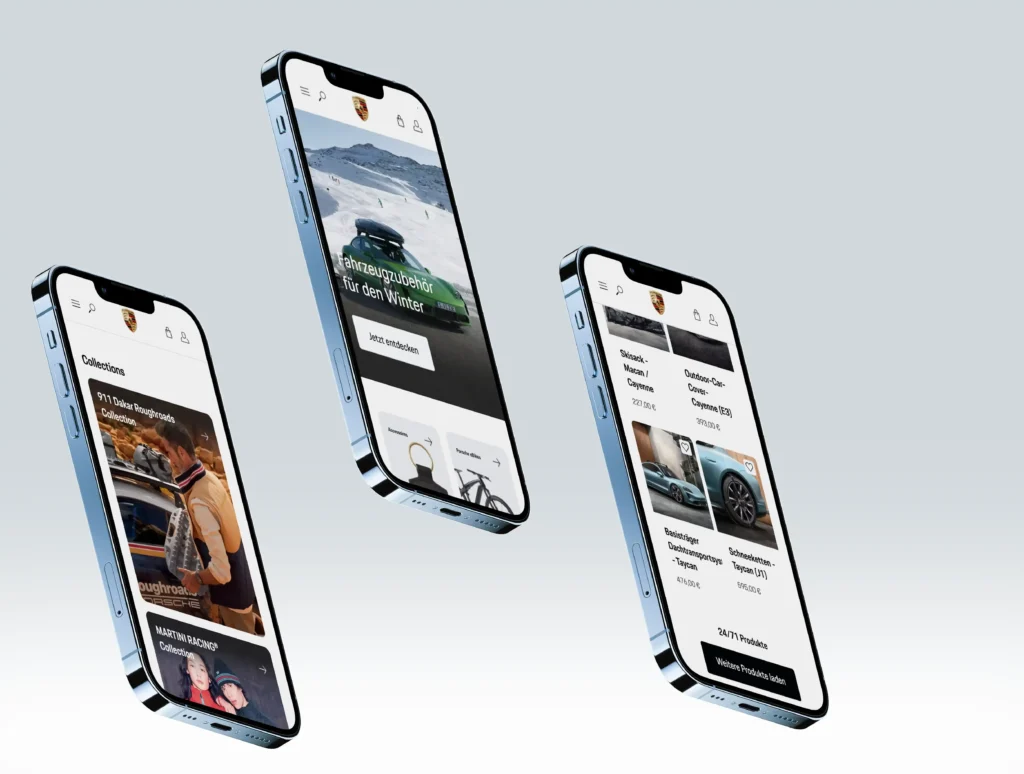What about customer service? Is after-service care a priority for you? If you said yes, then you would be with another 49.5% of businesses viewing customer service as a high focus.
If not, hopefully, today’s blog will help convince you why you should start thinking of after-sales service as a priority for manufacturing services.
The impact of ignoring after-sales service
Let’s get the bad news out of the way first. No one wants to do business with a company that treats them badly. 73% of consumers say they would rather do business with a competitor after one bad experience.
Yet, bad after-sales service impacts more than pushing your customers to other brands. It can impact other areas as well.
- Ignoring after-sales care leads to customer dissatisfaction and frustration, damaging the customer experience.
- Poor maintenance services tarnish your brand’s quality image. This negatively impacts brand reputation.
- Missing replacement parts raise maintenance costs for customers, increasing their expenses.
- Unaddressed product flaws increase warranty claims and legal challenges. This poses significant risks.
- Lack of post-sale engagement hinders upselling and cross-selling opportunities, costing potential sales.
- Failing to meet industry standards results in long-term business erosion. As well as a decline in competitiveness.
But there is one small silver lining to all of this. 75% of consumers will do business with a company again after a mistake if the customer service is excellent.
Porsche case study
Even the largest brands work hard and update how they improve after-sales care. And that’s not a big surprise if you are competing on quality. In today’s blog, I want to show you how we helped one of the largest car manufacturers update its after-sales service. And answer why this would make an impact.

Key areas for improving after-sales services
Porsche aimed to enhance its after-sales services by addressing several key areas:
- Digital transformation. Going from paper-based to digital guidelines. Looking to streamline and update the after-sales service processes globally.
- Standardization and customization. Developing a unified digital platform. While standardizing customer service across different regions. As well as allowing for customization to meet local needs.
- Accessibility and being up-to-date. Making sure the latest procedures and recommendations for services are accessible worldwide. This meant designing a product that could be used in multiple regions.
These aren’t common to Porsche. Digitalizing customer services is an important part of updating after-sales care. Every company should take this message on board. Let’s look at those points again and expand on them.
Did you know?
- After-sales software enhances manufacturing efficiency, with cognitive technologies cutting product defects by up to 66% and reducing maintenance costs.
- Smart factory solutions boost labor productivity by 12%, helping manufacturers address labor shortages and improve competitiveness.
- Manufacturers using after-sales software can produce spare parts on-demand, significantly reducing inventory needs and boosting supply chain efficiency.
- Manufacturers can enhance customer relationships and open new revenue streams.
- After-sales technologies support sustainability efforts by helping you to reduce waste and conserve energy, aligning with environmental goals.
Digital transformation in after-sales services
Companies are changing how they work to match new technology with what the whole after-sales chain needs. Customers aren’t the only focus. Business partners, employees, and additional service providers must be considered. The focus is a shift from old, paper-based processes to digital ones. This change is important for updating after-sales services. This helps to keep customers happy and makes processes more efficient.
How can software help?
Using CRM (Customer Relationship Management) and Service Management software helps solve this. This kind of software makes it easier for businesses to manage customer information and service requests all in one place. It allows for updates and personalization based on customer needs or wants. This keeps the service relevant and helpful.
This approach can also extend to using AI to create Chatbots to make your customer service always available.
Balancing standardization and customization
Keeping a high standard of service everywhere, while also meeting local needs, is a big task for companies with customers worldwide. Having a set of guidelines that can be adapted to fit varying regions is a big step in boosting after-sales care.
How can software help?
An adaptable software solution such as a contract configurator works here. This changes based on where it’s being used and the client’s needs. It keeps the main parts of the service the same everywhere but lets small changes be made to fit local rules or preferences. This way, companies can make sure they’re offering the best service no matter where the customer is.
Case study – Creating proof of concept
Even luxury brands are looking to enrich their client experiences with the support of emerging technologies.
Industry: Airline
Client: A German airline approached us to innovate their CX. They aimed to improve their in-flight user experience through redesigned seat screens. Boosting the overall end-user experience.
Problem: The challenge was to meet the high expectations of luxury brand customers with tailored, tech-forward solutions.
Solution: We created a Proof of Concept iPad app, allowing passengers to order services and communicate with the crew directly from their seats, aiming to increase customer satisfaction.
Keeping services accessible and up-to-date
It’s key for companies to make sure their after-sales services are easy to use and keep getting better. As customers’ wants keep changing, services need to keep up by being easy to reach and always improving.
How can software help?
Cloud migration services that update automatically are great for this. They make sure everyone gets the newest features and security updates without having to do anything themselves. This makes the service easy to use and up-to-date for everyone.
However, I’ve only mentioned a few ways that software can impact after-sales care in manufacturing. There are other areas where software development in manufacturing can help.
Our solution to improving after-sales services
To tackle Porsche’s after-sales care challenges, we needed a comprehensive approach. It was important to understand the brand’s ethos and customer expectations. By closely collaborating with Porsche, we developed a digital transformation strategy. The focus? Creating a “Digital Knowledge Database” for after-sales service. This database aimed to streamline global customer service processes. Making sure there was consistency and adaptability across different markets.
Advice for digitalizing your after-sales care
If you want to digitalize your after-sales service, here are some tips to get you started. There are a few ways to check if you are ready for digitalization. Here is just a short breakdown.
-
- Assess Your Current State and Goals – Start by understanding your business’s current position. And what you aim to achieve with digitalization. Clear goals help in tailoring the digital solution effectively.
-
- Understand the Domain – Deeply understanding your brand and customer needs is critical. This knowledge guides the design and functionality of the digital solution. This ensures it aligns with your brand’s image and enhances customer engagement.
-
- Identify and Overcome Obstacles – Recognize challenges that may stop your digital transformation. Outdated processes or poor IT infrastructure are such examples. Addressing these early can help a successful implementation.
Follow a structured approach and focus on what you want to achieve. By doing this you can effectively transform your after-sales services.
What was the result?
The digital knowledge database significantly improved Porsche’s after-sales care. It ensured global consistency while allowing for local customization. The benefits included:
- Enhanced efficiency in addressing customer inquiries and resolving issues.
- Improved accessibility to up-to-date service information and guidelines for service partners.
- Strengthened brand loyalty through a more responsive and personalized customer service experience.
Discover the full details on how we helped Porsche here.
And what could after-sales care mean for you?
In short, 88% of companies now prioritize customer experience in their contact centers. More than two-thirds of companies are now competing primarily on this basis. Those who have invested in enhancing their after-sales services report seeing up to a 15% increase in revenue and a 20% decrease in service costs. Investing in after-sales care is a way to boost profitability.
If you are still not convinced, we can schedule a chat today and help explore how custom software solutions can help.




